Managing your home's HVAC system efficiently ensures comfort, energy savings, and longevity for your equipment. With a 4-zone SmartZone control system, Vine connected Wi-Fi thermostats, and EcoJay’s Outdoor Temperature Controller with free-cooling features (economizer), you have the tools to achieve optimal performance. Here are some tips to get the most out of your setup:
1. Set Smart Thermostat Schedules
Using the scheduling feature on your Vine Wi-Fi thermostats is one of the easiest ways to save energy:
Create zone-specific schedules based on occupancy. For instance, prioritize heating or cooling in bedrooms during the night and in common areas during the day.
Set back temperatures when zones are unoccupied. For example, raise the cooling setpoint by 4–6°F or lower the heating setpoint by 8–10°F.
2. Take Advantage of the Free-Cooling Feature
The free-cooling feature, also known as an economizer, can reduce energy usage by leveraging outdoor air for cooling when the conditions are favorable. EcoJay’s Outdoor Temperature Controller makes this easy:
Understand the conditions for free-cooling: Free-cooling is effective when outdoor air is cooler than your indoor setpoint and has low humidity.
Configure your economizer settings:
Set the temperature threshold on the Outdoor Temperature Controller to activate free-cooling (e.g., when outdoor temperatures are below 60°F).
Adjust the dampers to let in fresh, cool outdoor air while minimizing mechanical cooling.
Use during transitional seasons: Spring and fall are ideal for economizer use, as outdoor temperatures are often moderate.
Monitor system operation: Ensure the economizer dampers and controller are functioning correctly to avoid overcooling or bringing in excessive humidity.
3. Balance Zones Appropriately
Ensure proper damper operation: Verify that the dampers for each zone respond correctly to thermostat commands. Stuck or malfunctioning dampers can lead to inefficiency and discomfort.
Avoid extreme setpoints: Large temperature differences between zones can strain your HVAC system. Keep setpoints within 5°F to 10°F of each other for smoother operation.
Minimize unused zones: If a zone is rarely used, set its thermostat to a minimal setting to conserve energy while ensuring the zone doesn’t fall too far out of the desired range.
4. Optimize Ventilation and Airflow
Keep vents clear: Ensure furniture or curtains do not block air supply and return vents.
Regularly clean filters: Dirty filters restrict airflow, making your system work harder. Replace or clean filters every 1–3 months, depending on usage.
Inspect the ductwork: Leaks in ducts can lead to significant energy loss. Seal any gaps with professional-grade duct tape or mastic sealant.
5. Use Thermostat Features Wisely
Vine thermostats have smart features to enhance efficiency:
Enable geofencing: This adjusts settings automatically based on whether you’re home or away.
Monitor energy usage: Use the app to track heating and cooling patterns and make adjustments to schedules or setpoints.
Utilize adaptive recovery: If your Vine thermostats support it, this feature gradually adjusts the temperature to ensure comfort by the time you’ve scheduled it, avoiding unnecessary overuse of the HVAC system.
6. Stay Ahead with Maintenance
Inspect the economizer regularly: Dust, debris, or malfunctioning components can affect free-cooling performance. Clean and maintain the dampers, sensors, and outdoor air intake.
Schedule professional checkups: A technician can ensure your entire system, including the SmartZone controller and economizer, is functioning efficiently.
Conclusion
Your SmartZone HVAC system, paired with Vine thermostats and EcoJay’s SmartZone PLUS Outdoor Temperature Controller, offers great potential for comfort and efficiency. By implementing smart schedules, leveraging free-cooling, balancing zones, and maintaining your system, you can enjoy a more energy-efficient and comfortable home.
Regular monitoring and adjustments ensure that your HVAC system meets your household's needs while keeping energy costs low.




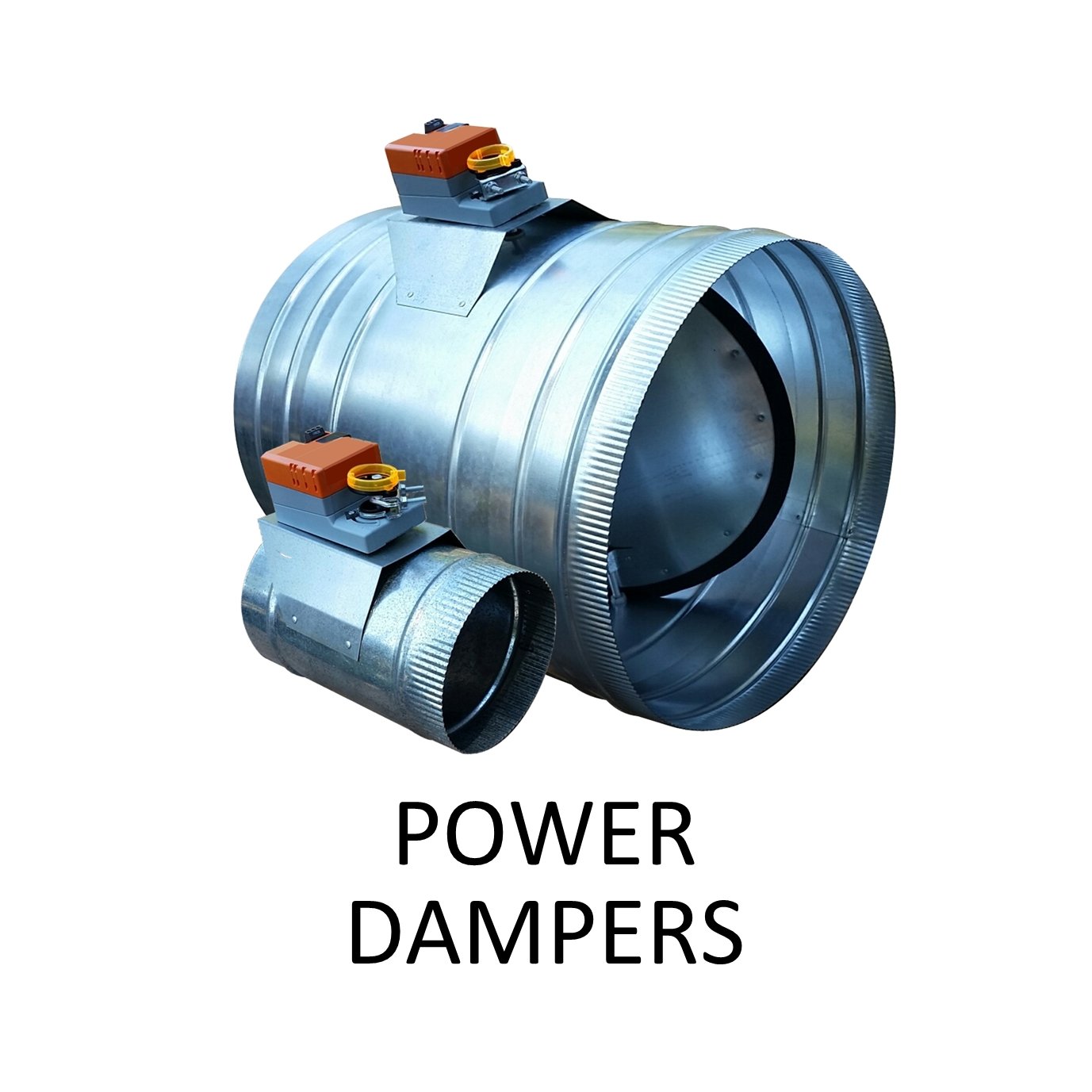




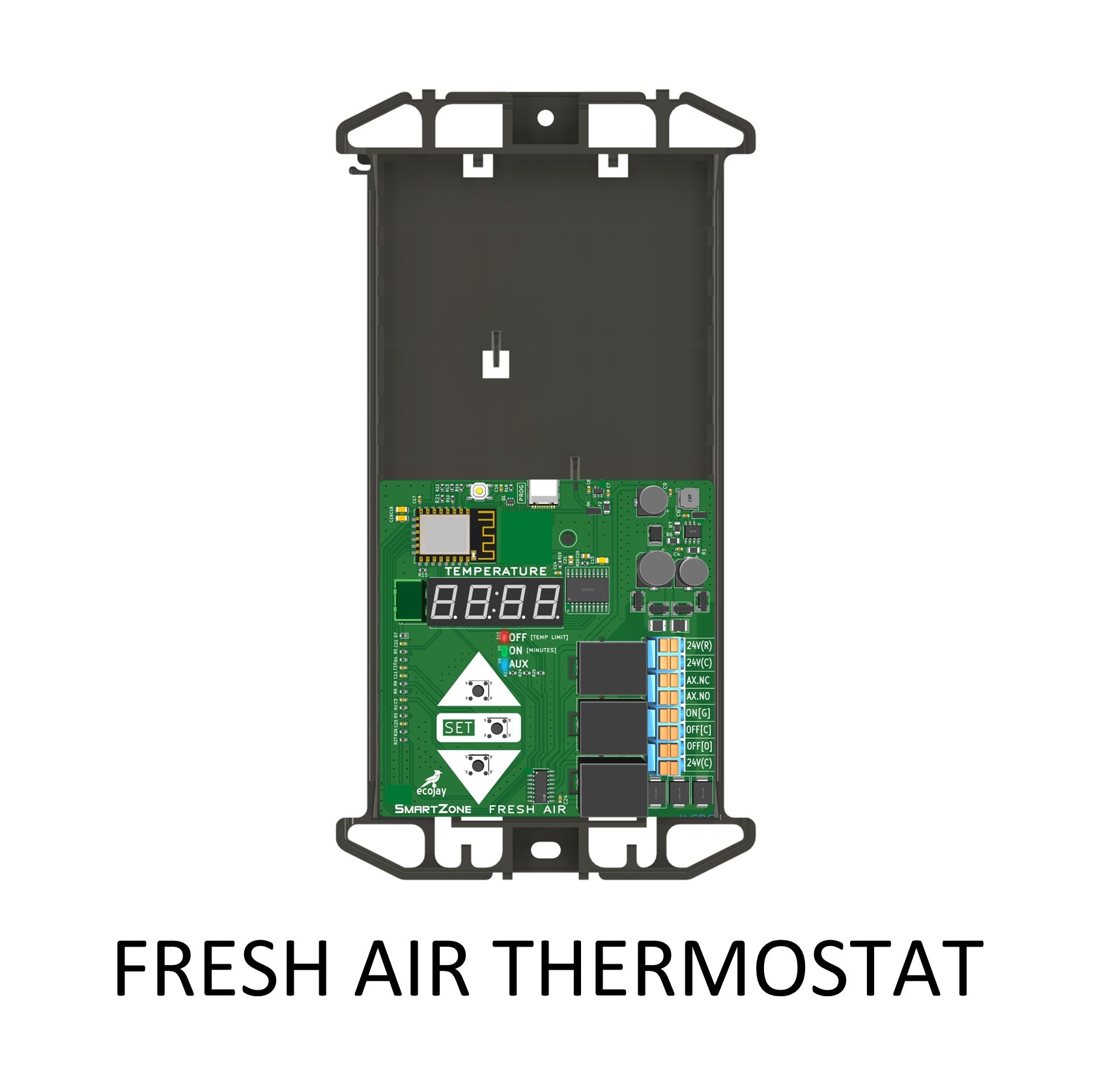



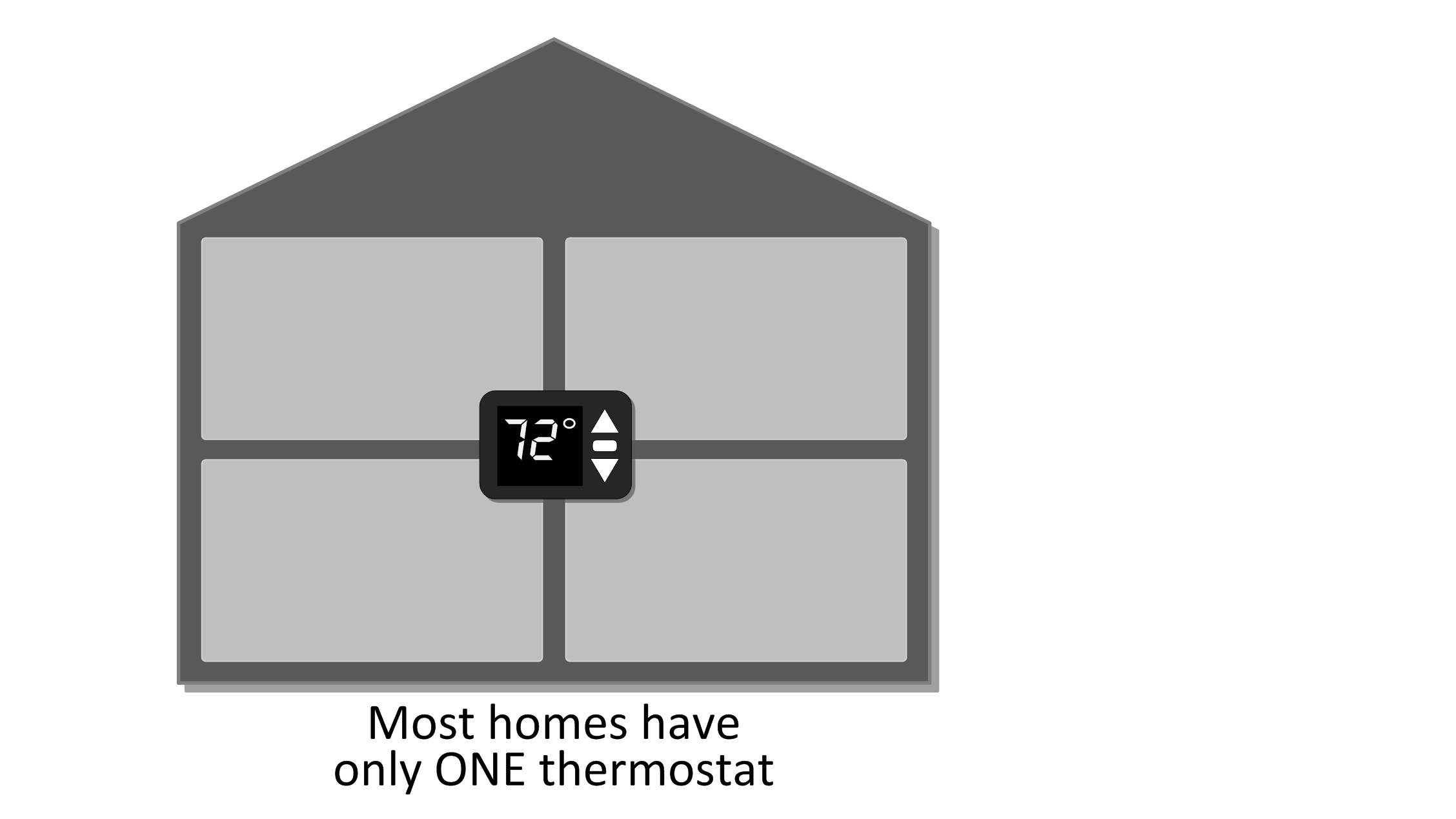
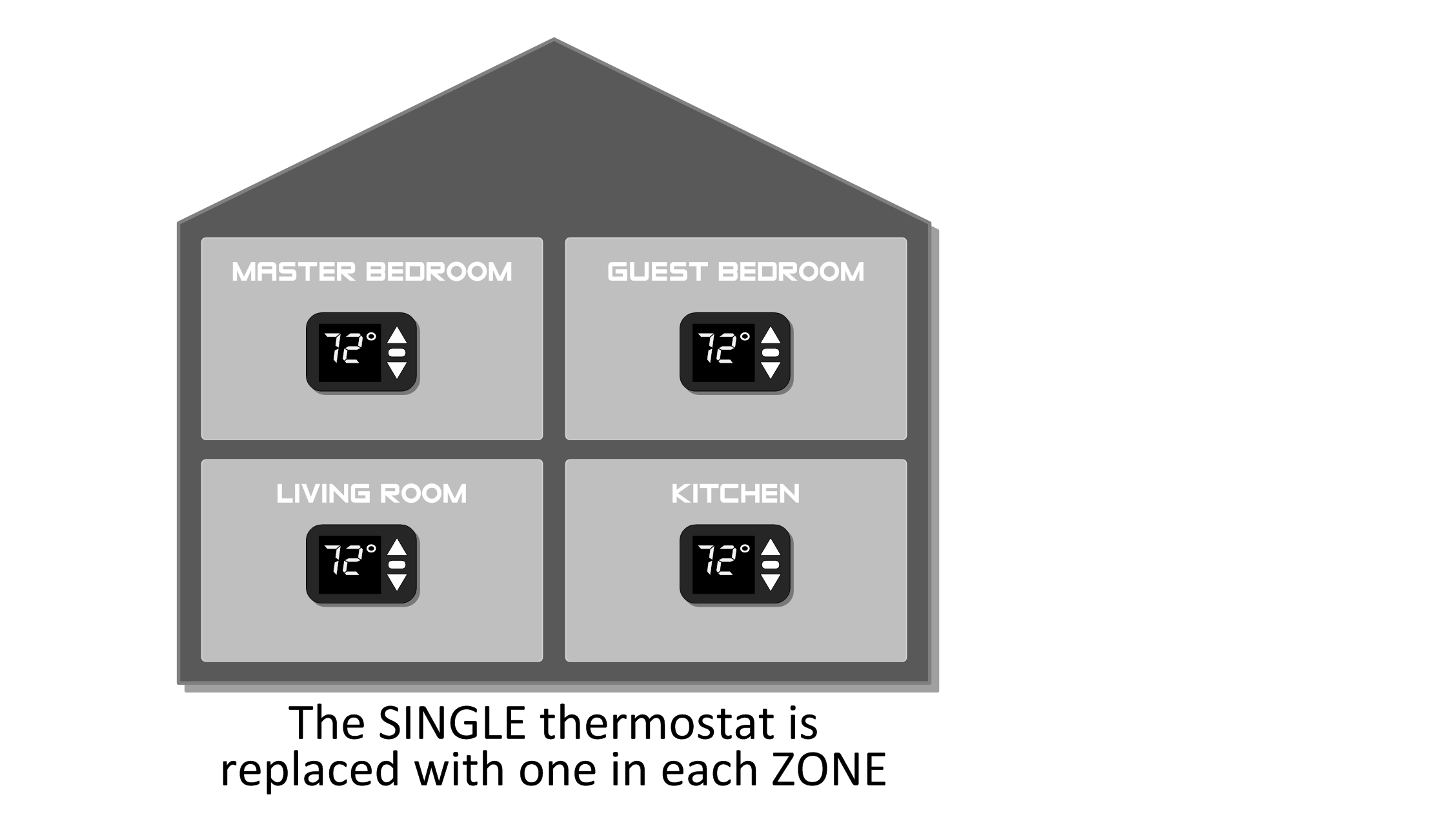

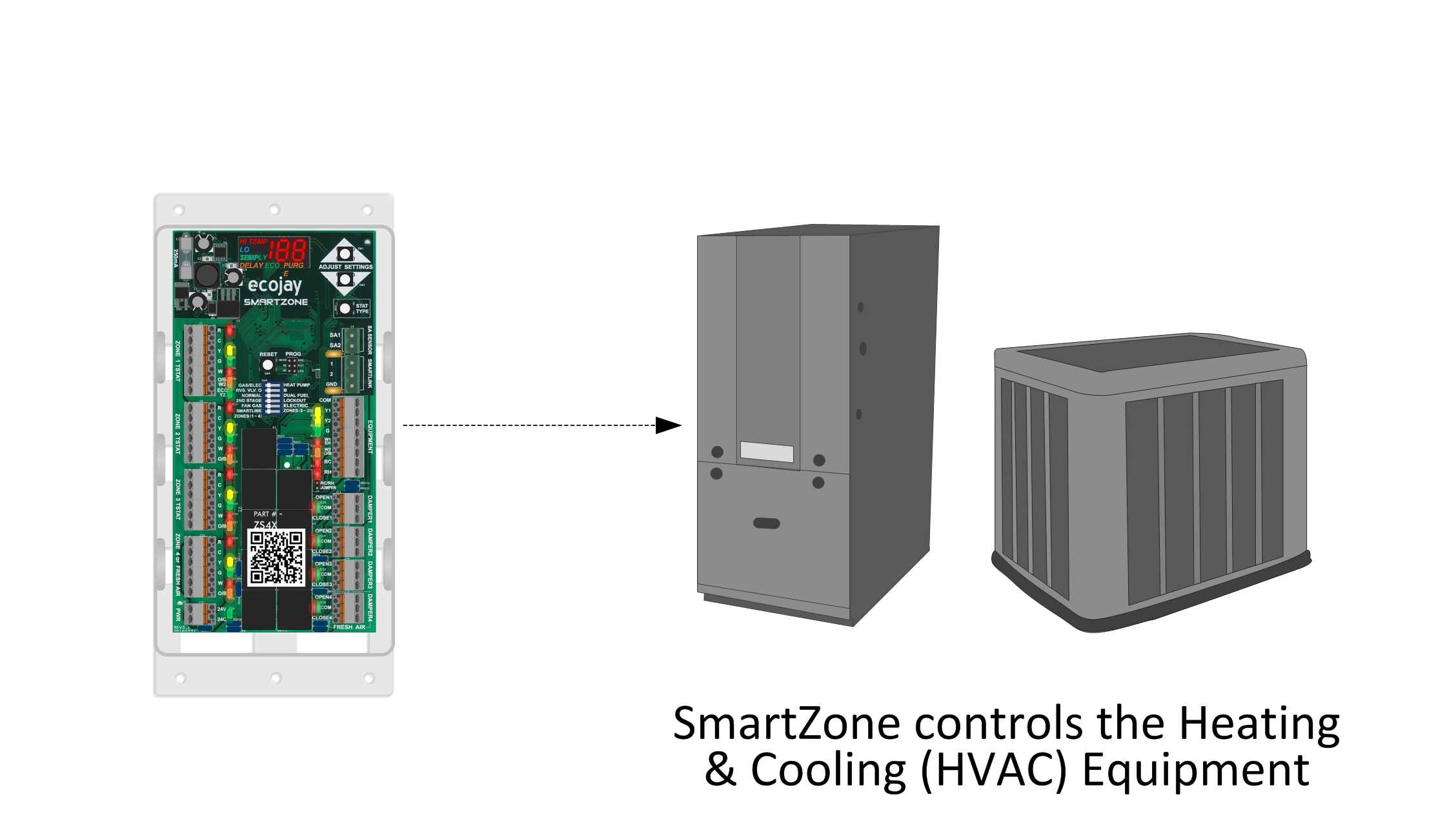
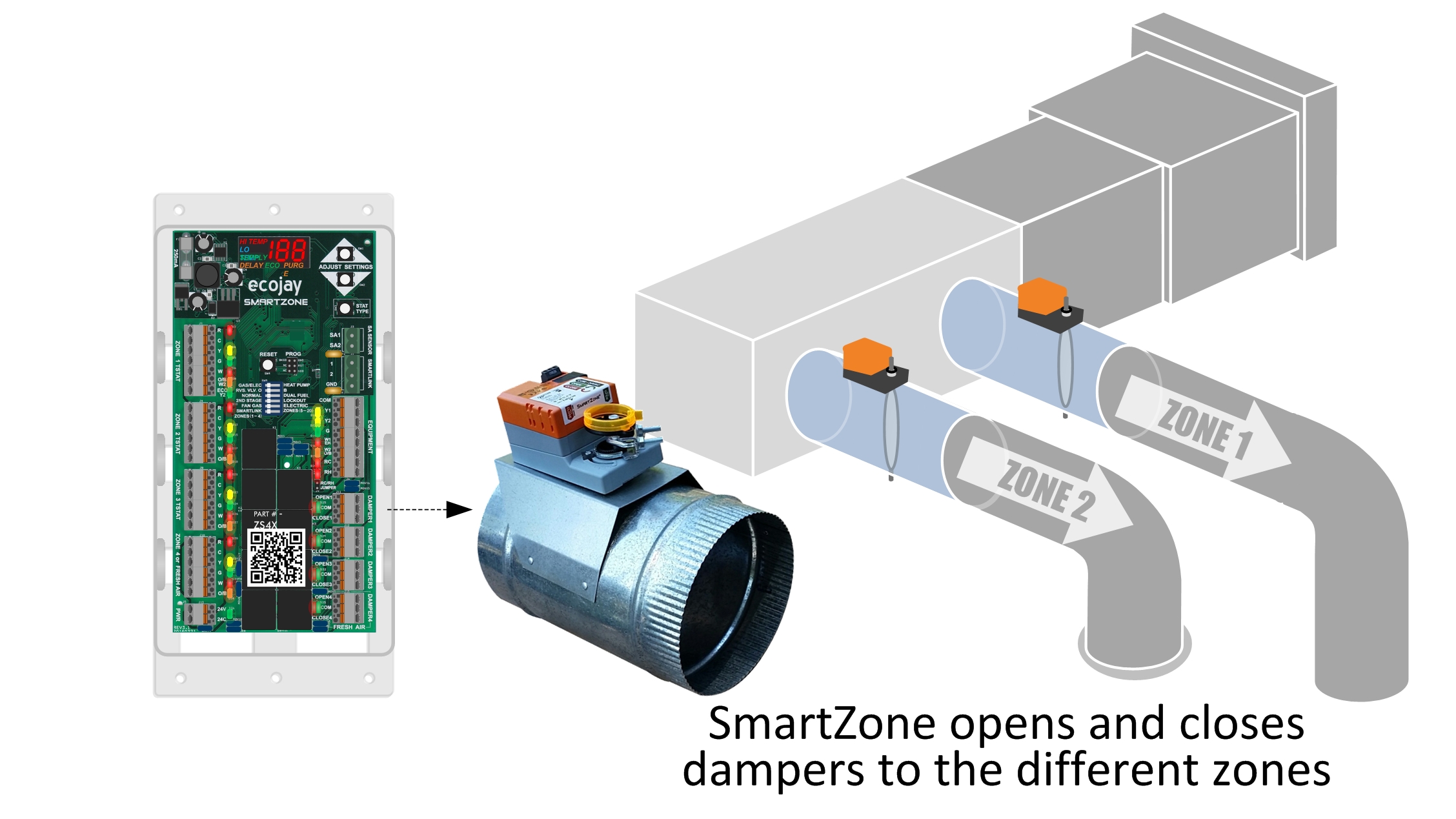
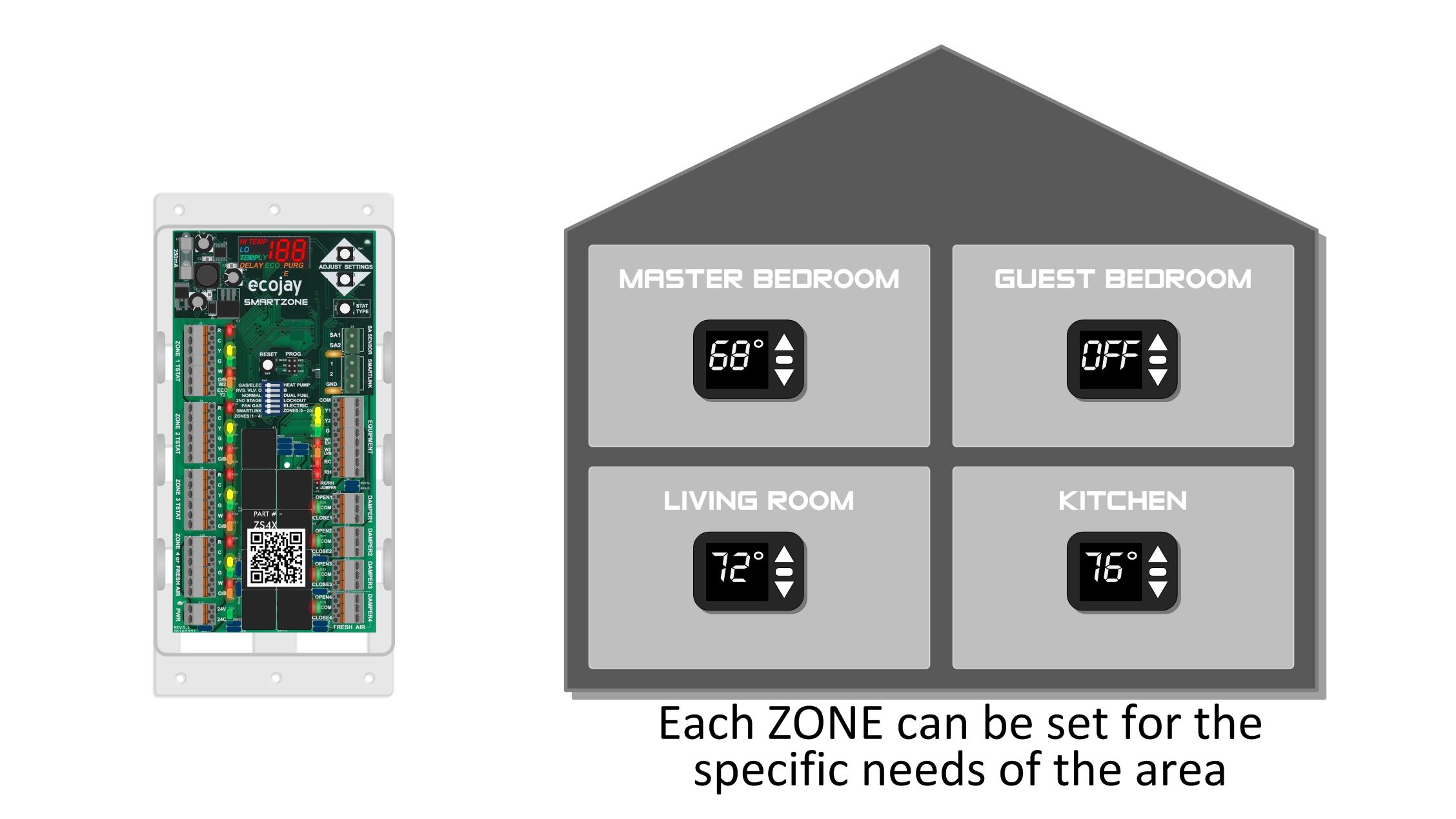
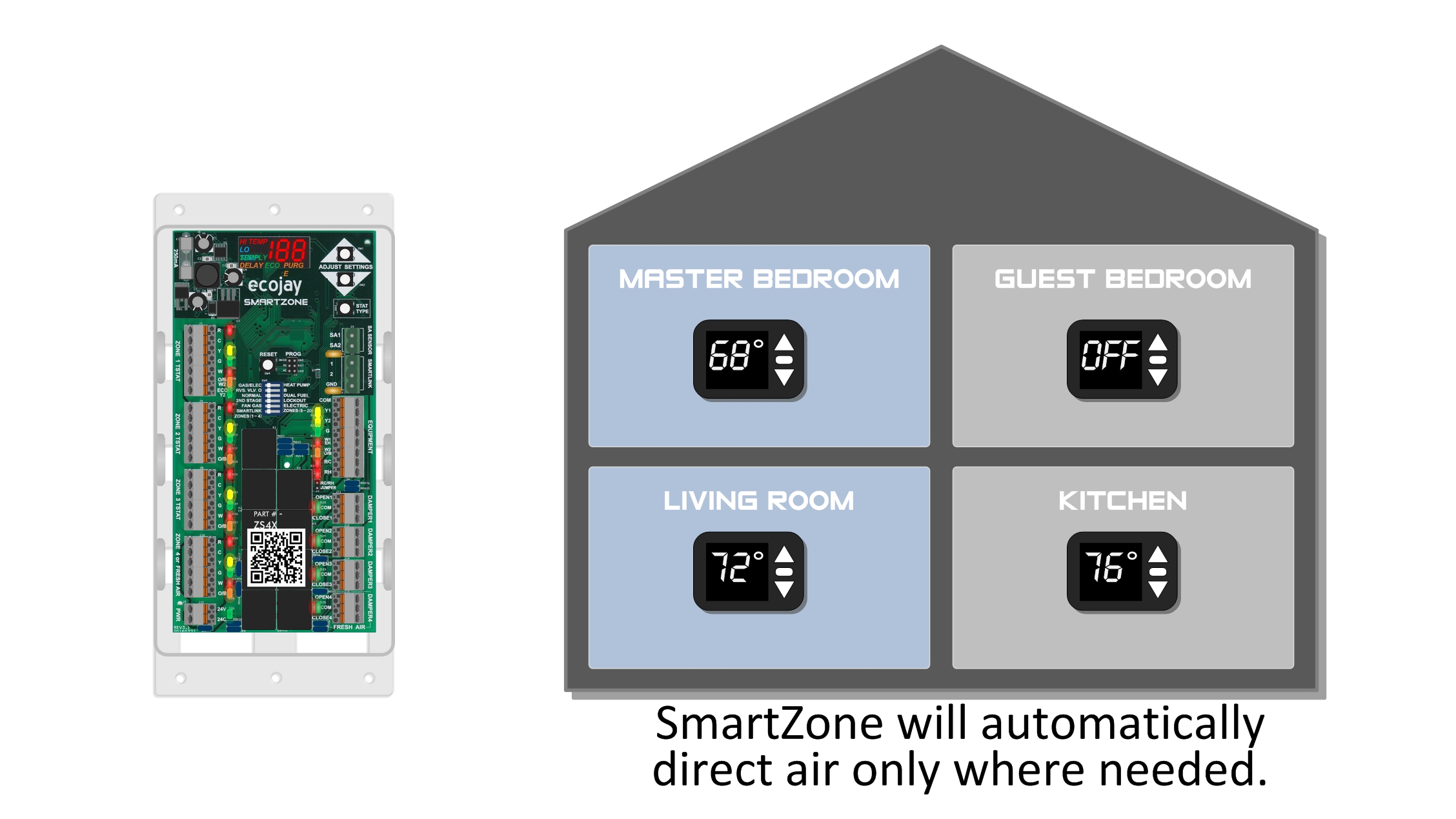
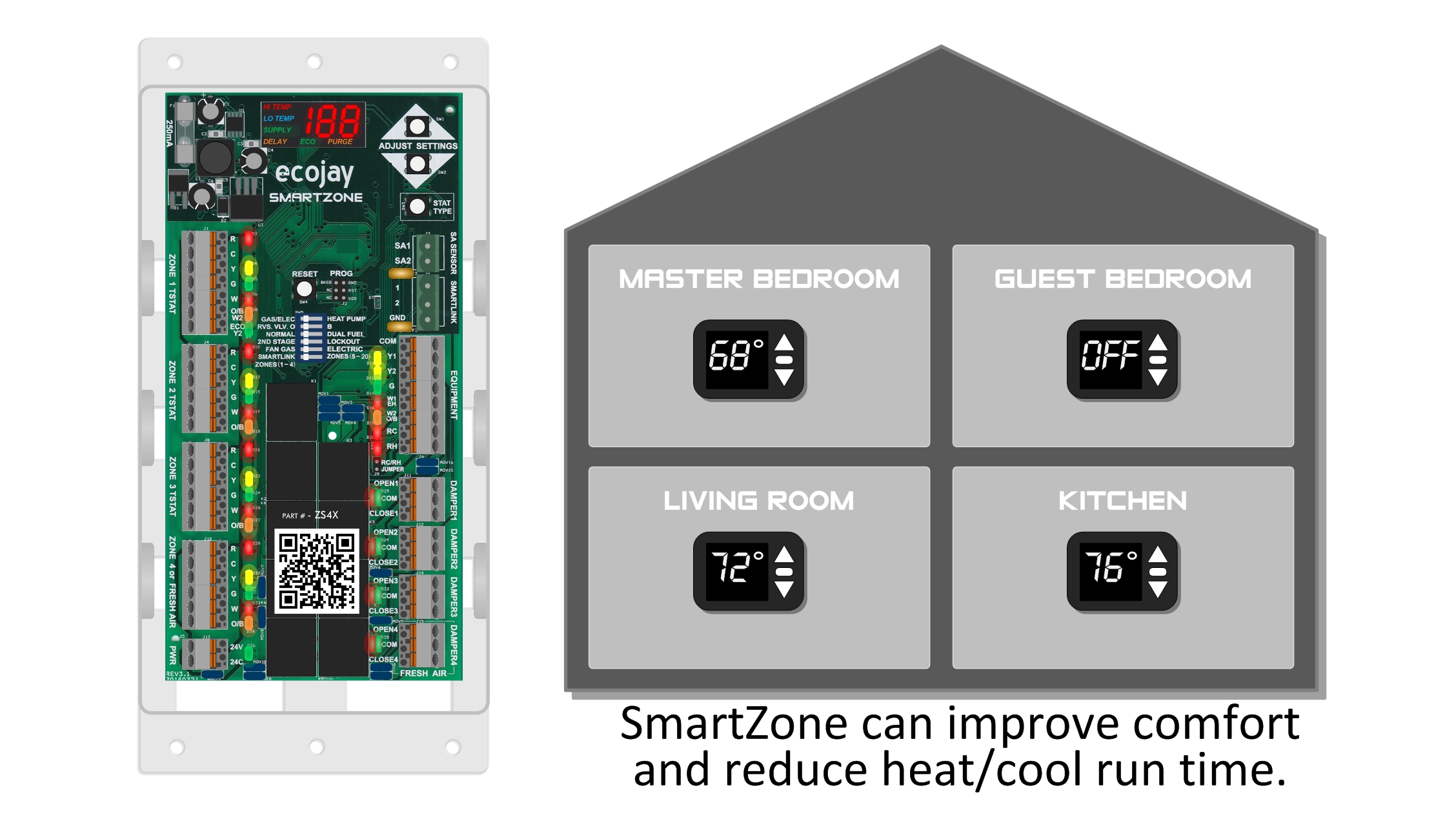
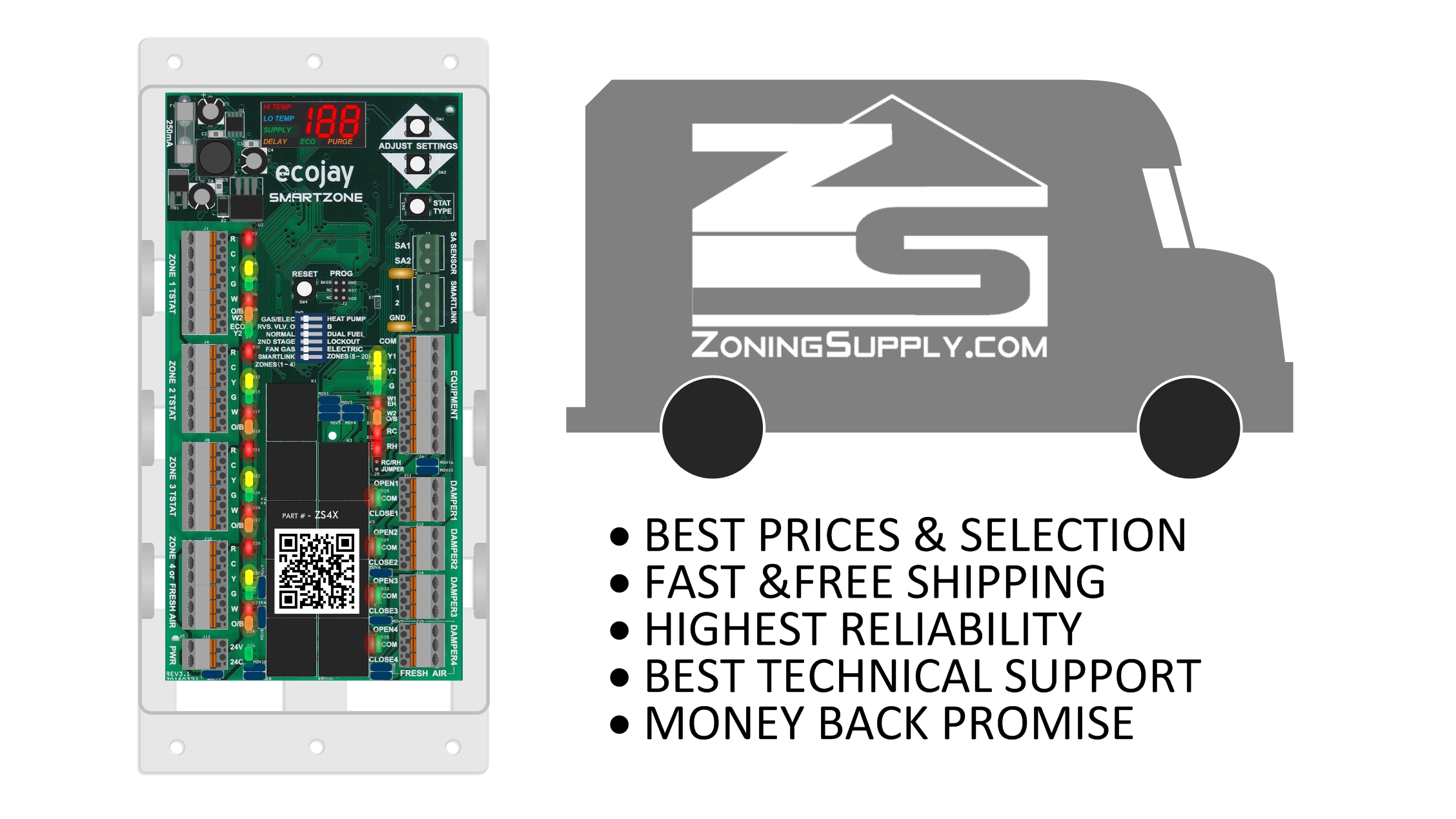




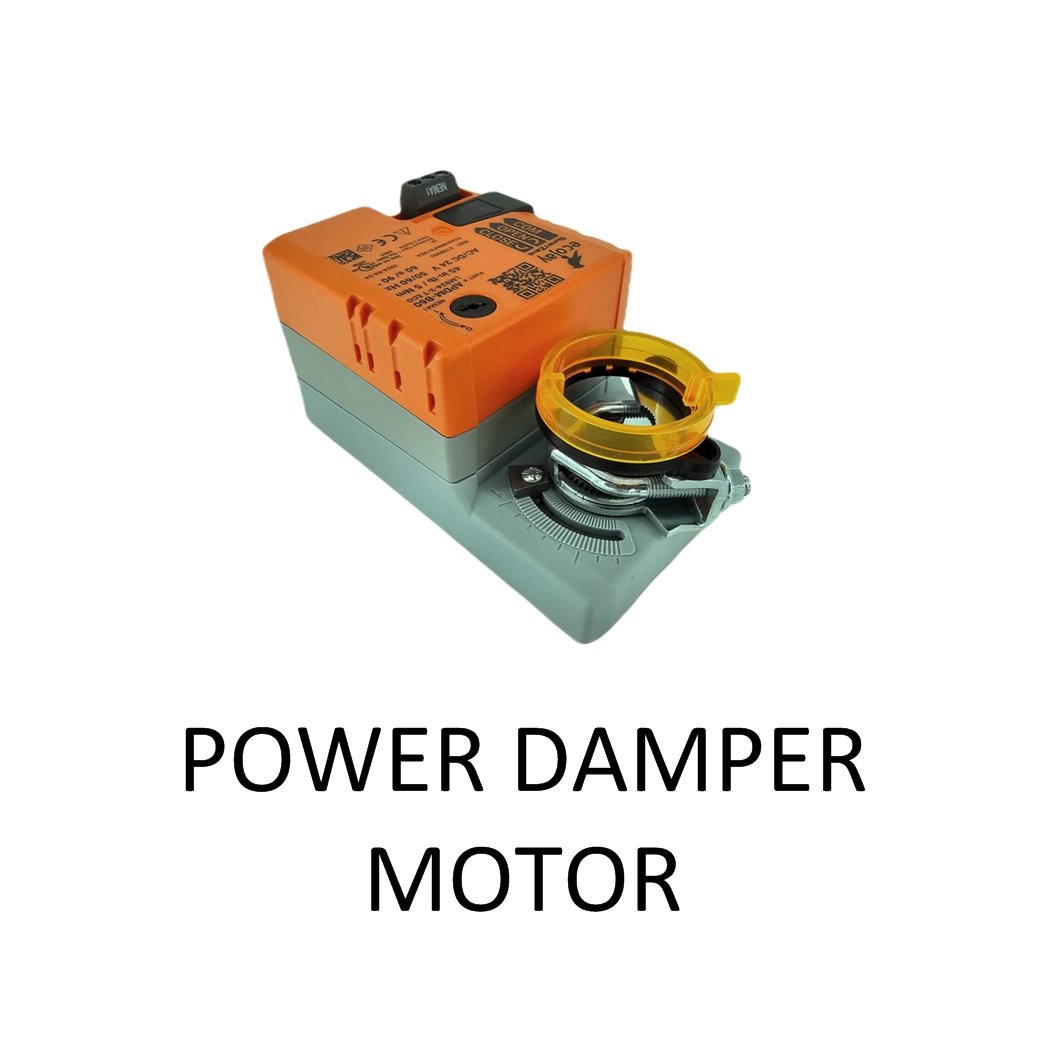
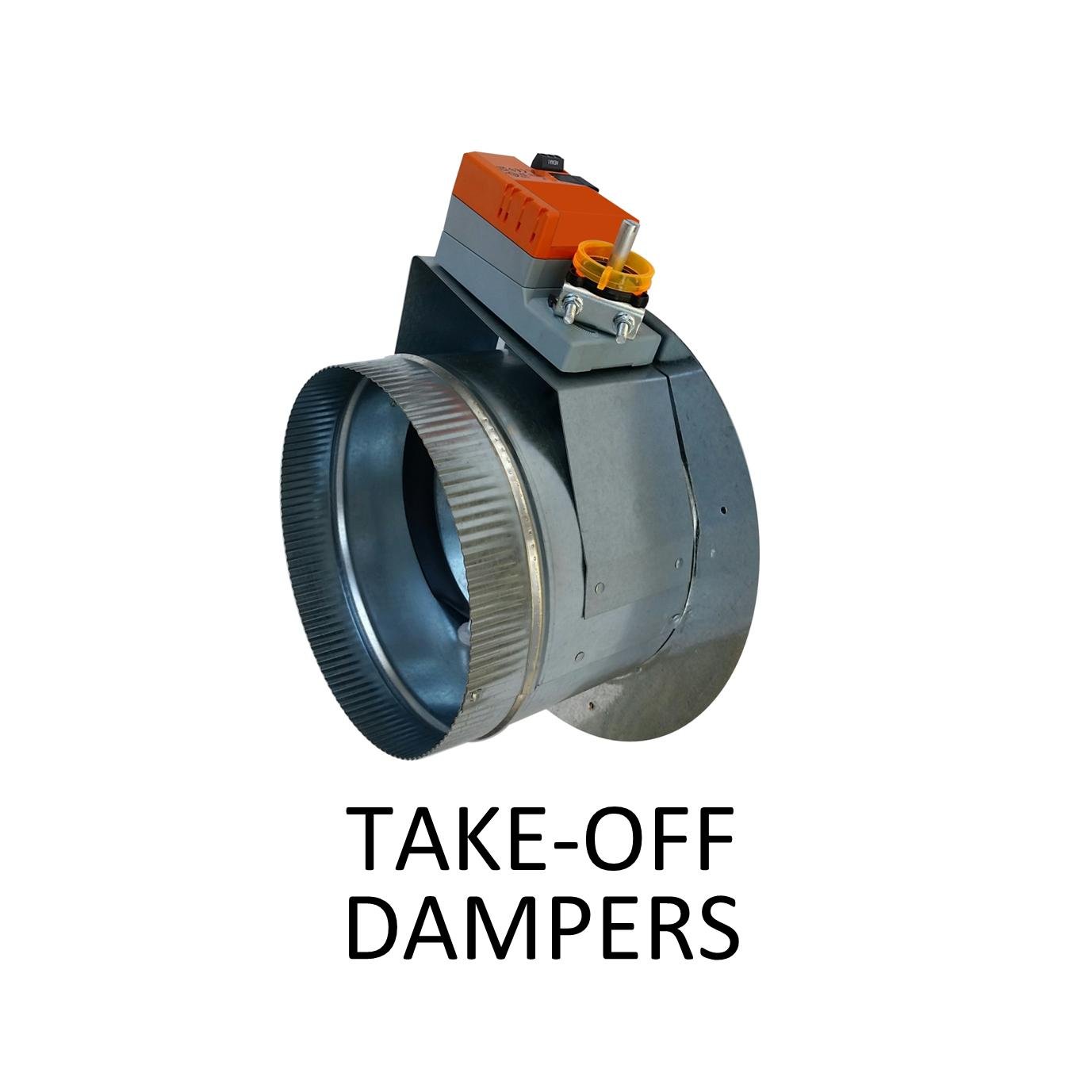


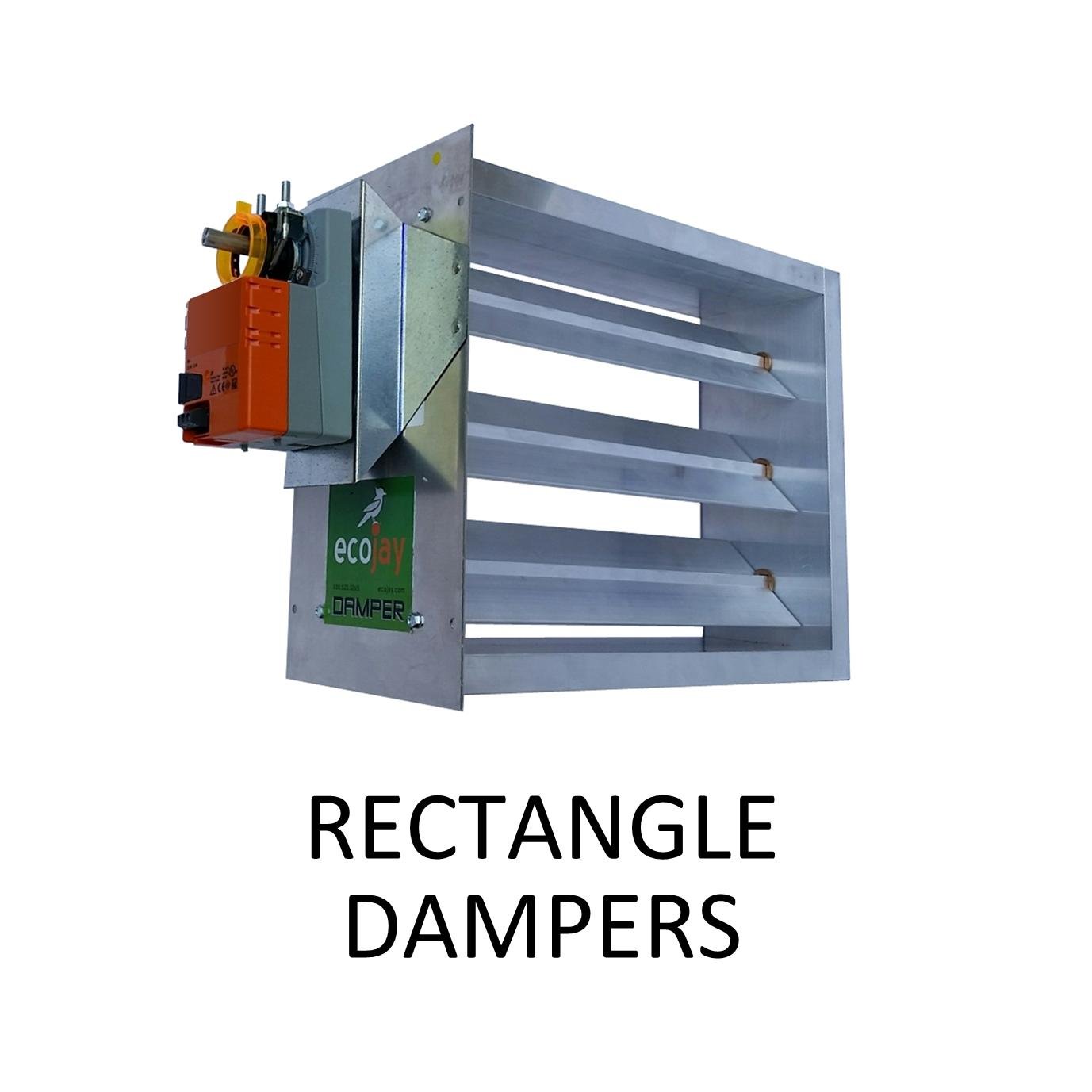
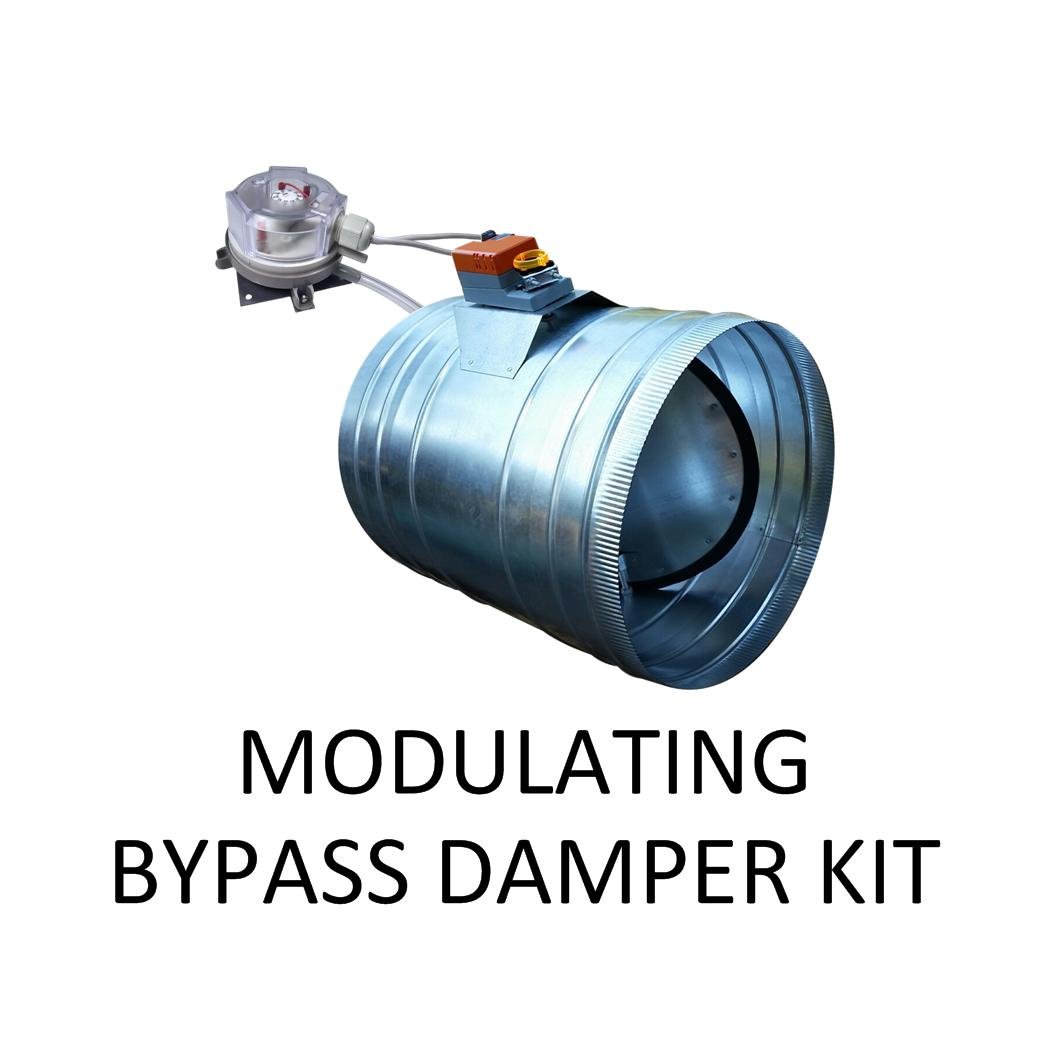
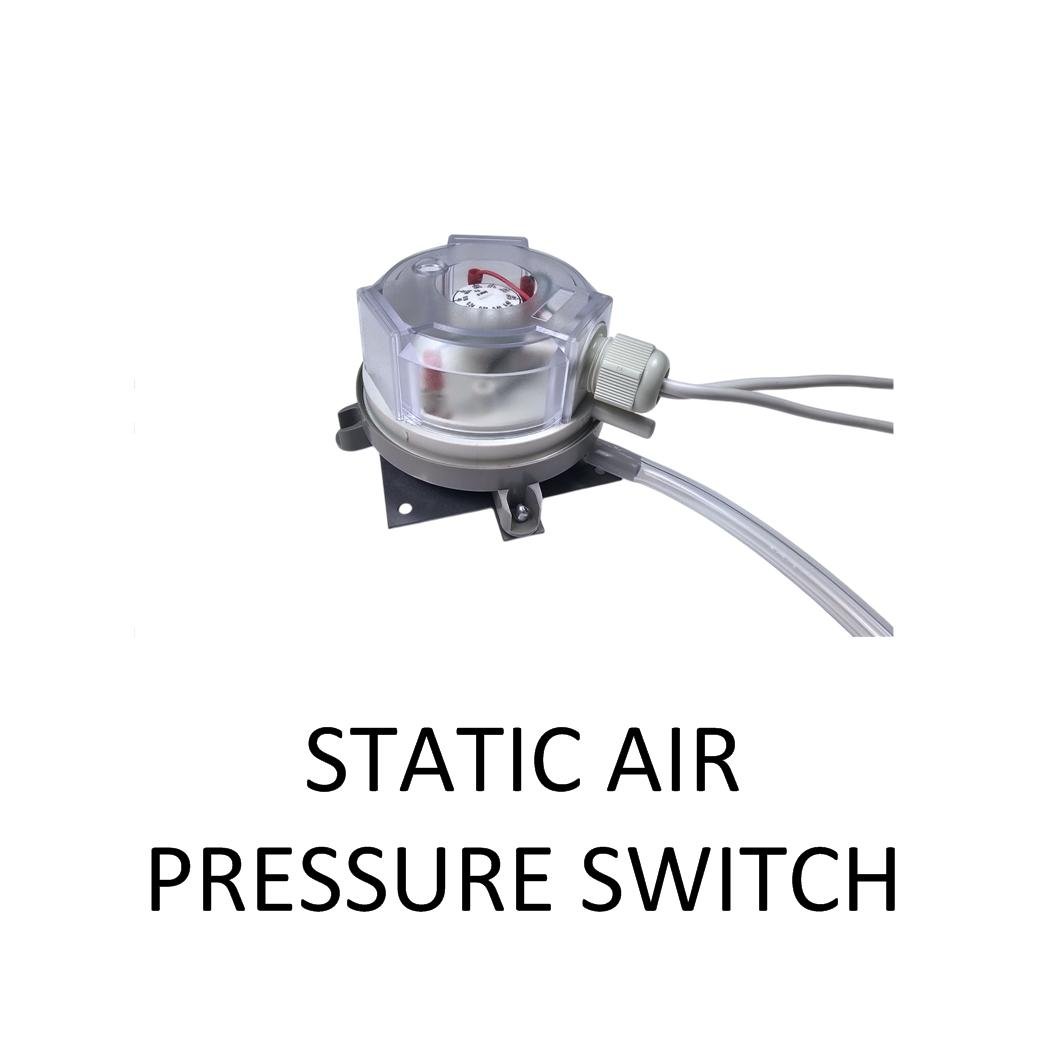
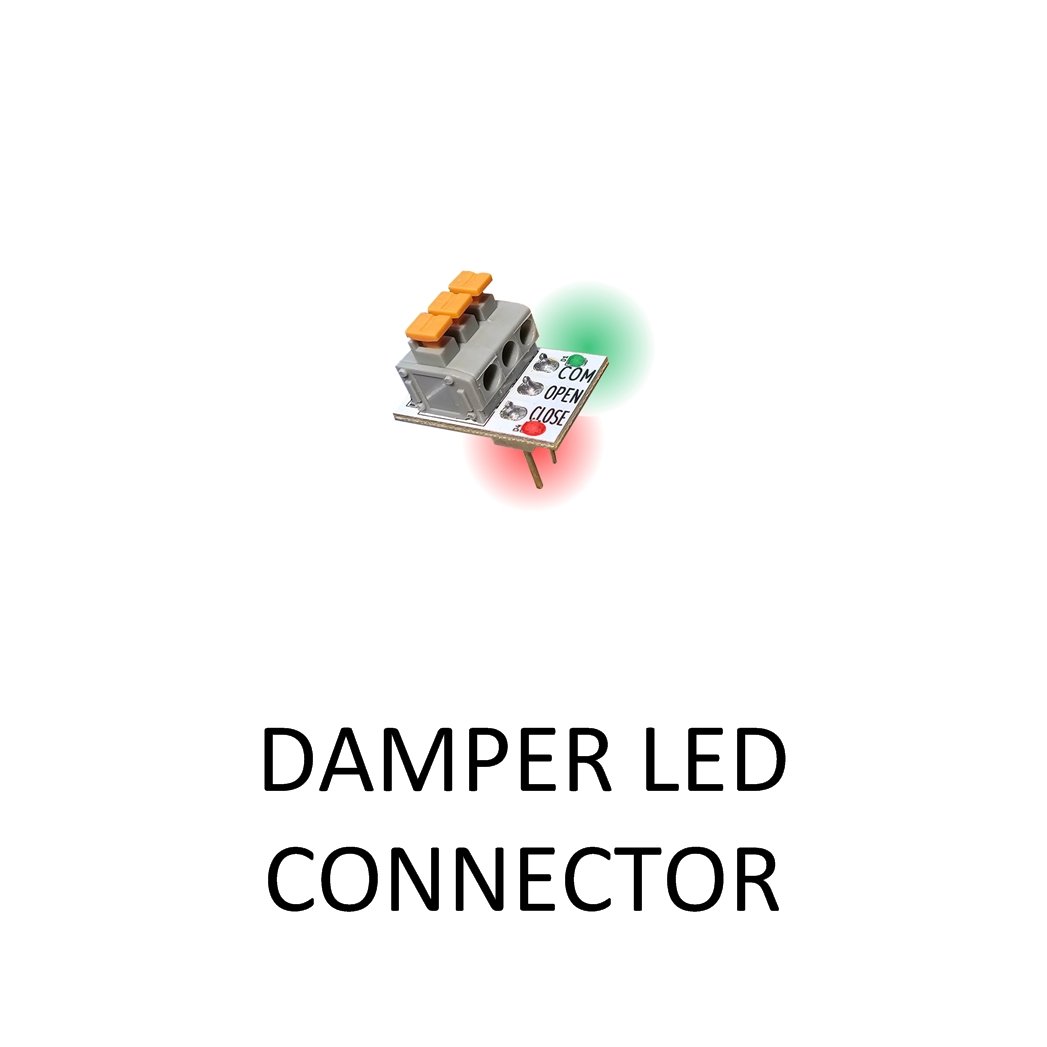







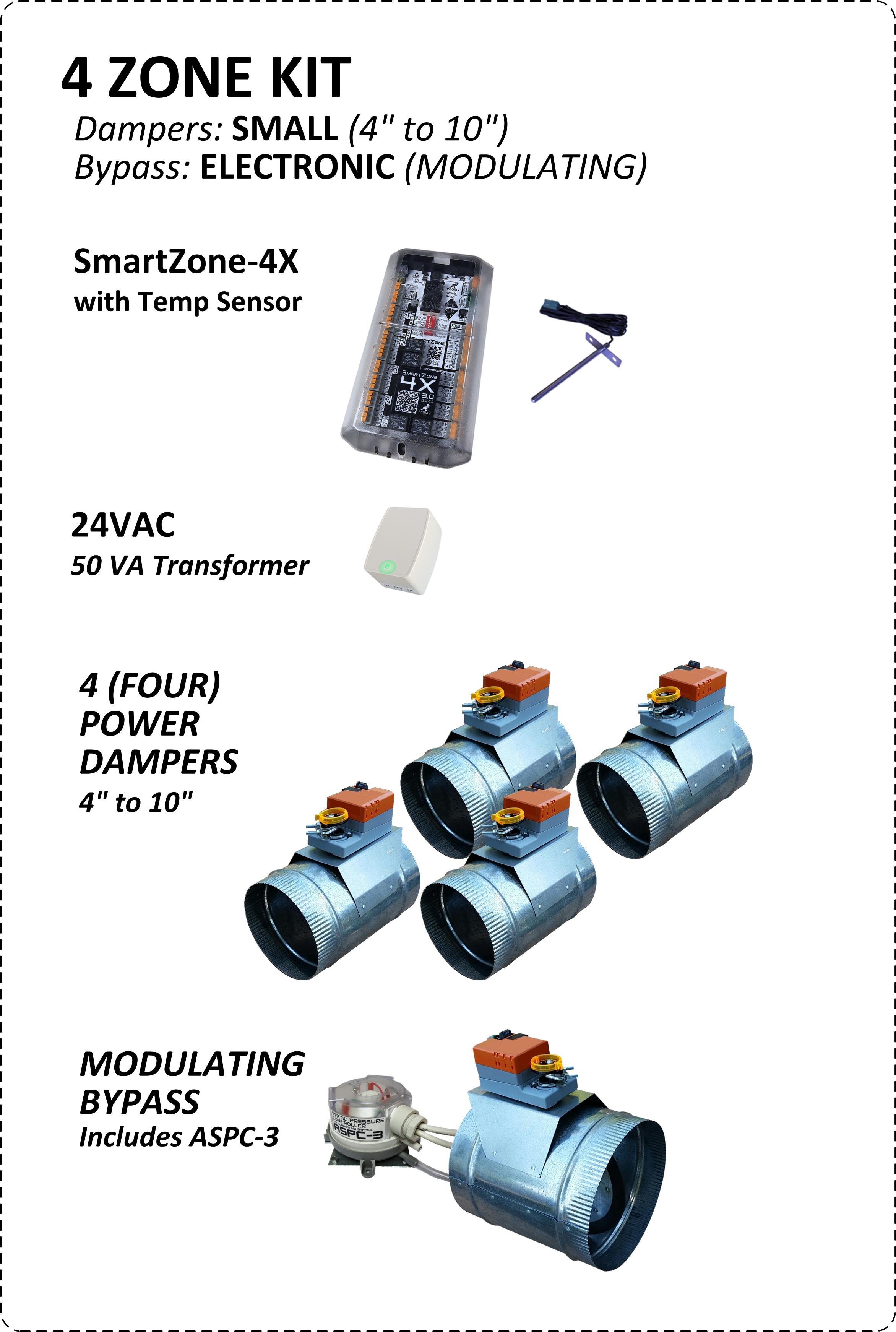
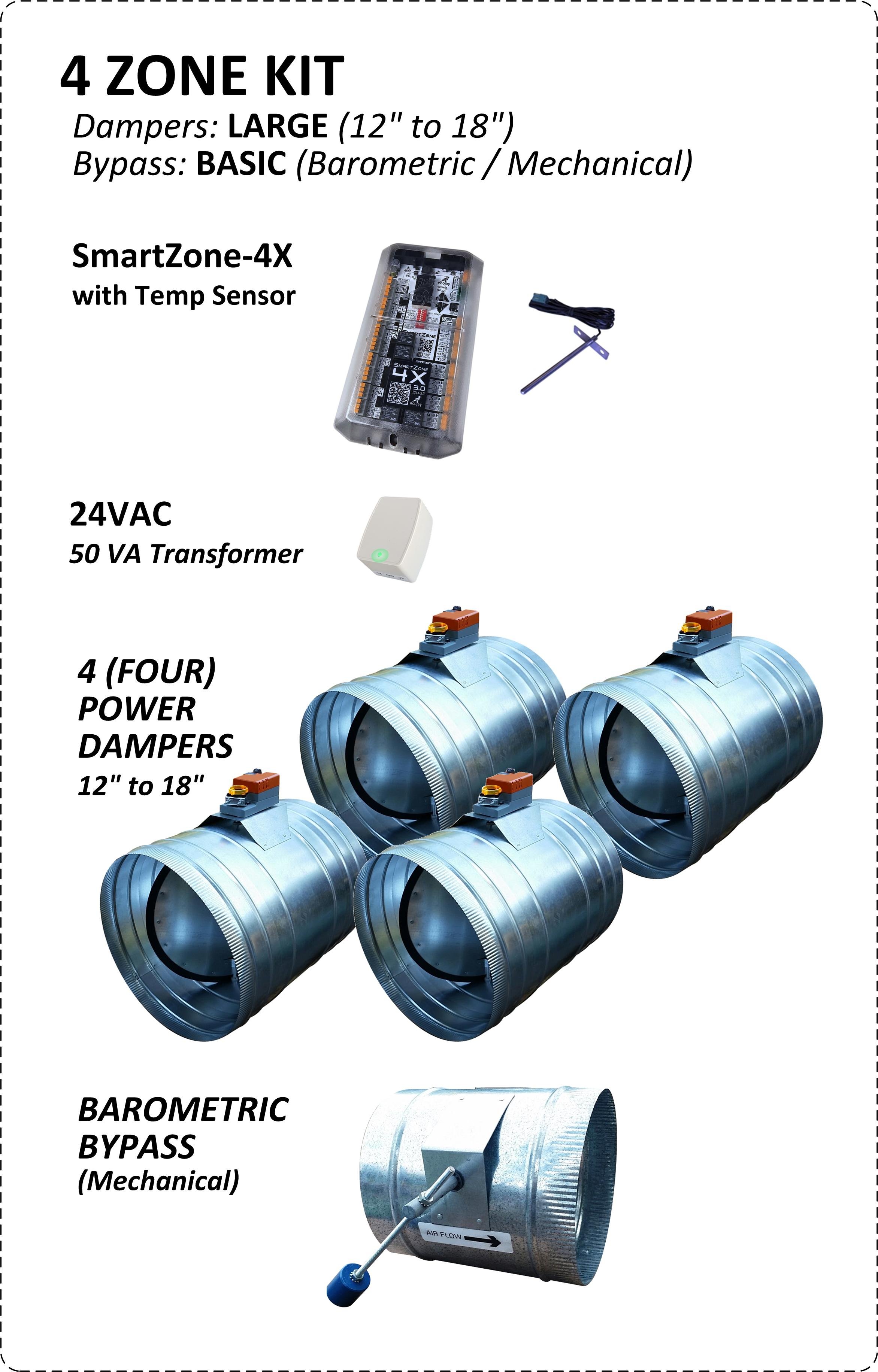

4", 5", 6", 7", 8", 9", 10", 12", 14", 16", 18" Available
FEATURES:
Industry-leading quality & highest reliability, Belimo Motor, Full-seal gasket blade, Super-Heavy Duty, Ribs for easy flex duct attachment, One crimped end for easy solid duct attachment, 5 Year replacement warranty.
Now available with or without a motor (Select below)
NOTE: All dampers subject to a 10% restocking fee.